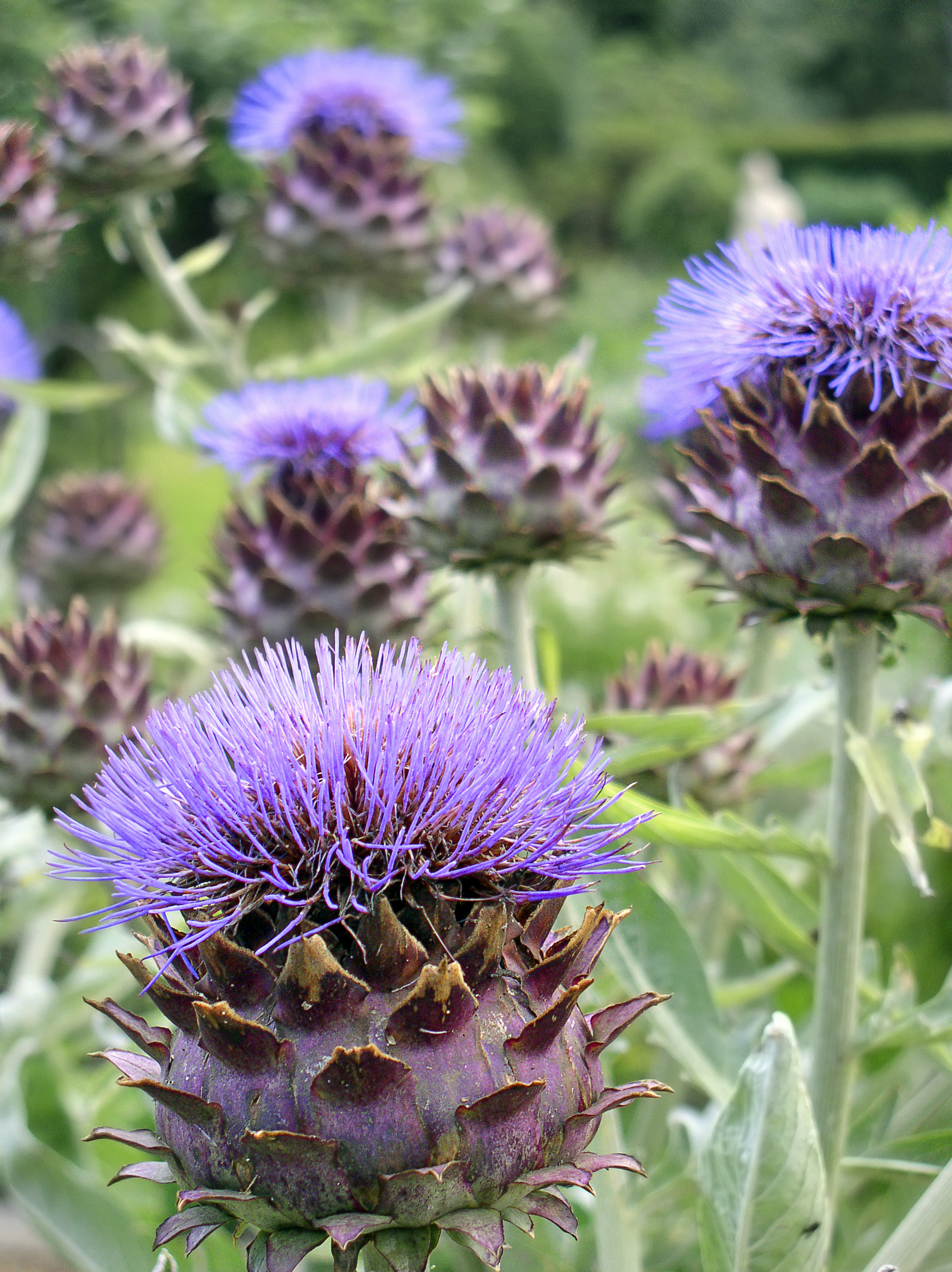
19 Aug Treating PMS and Irregular Periods Naturally with Naturopathic Medicine
I have had a general family practice for the past 25 years, but women comprise of the majority of my practice and working with women is one of my greatest passions. Women come to my practice for a whole host of reasons, including PMS (premenstrual syndrome), irregular periods, and PCOS (polycystic ovarian syndrome).
We’ve all probably heard of PMS or experienced at least one or more symptoms of PMS. Diagnosing PMS is based on when in your cycle the symptoms are occurring and what type of symptoms you’re experiencing.
A menstrual cycle runs on average 25 to 30 days, coincidently that’s similar to the number of days as the lunar cycle. Our menstrual cycle are divided into two phases: follicular and luteal. When we count the days of our cycle, day one is the day we start our menstrual bleed. Generally from days 1 to 14, is termed the follicular phase. From there, at mid cycle, is when ovulation occurs. This is when the egg is released and the time around that is our fertile window. This second half of the cycle is the luteal phase.
The American College of Obstetricians and Gynecologists (ACOG) define PMS as the presence of at least one symptom occurring in the luteal phase of the cycle which leads to impairment in functioning. That is, PMS is the cyclic recurrence of a symptom or group of symptoms that happens a week or two before you bleed. Generally these symptoms diminish or go away once you start your period. If you have more mood type symptoms rather than physical ones, such as depression or anger, PMDD is considered. PMDD is premenstrual dysphoric disorder.
Some symptoms of PMS can include emotional symptoms such as tension or anxiety, depressed mood, crying spells, mood swings and irritability or anger, appetite changes and food cravings, trouble falling asleep, social withdrawal, poor concentration. Also during the luteal phase, women can experience physical symptoms such as fatigue, bloating, fluid retention, breast tenderness, acne flare-ups, constipation or diarrhea, joint or muscle pain, and headaches.
Here are a few quick cases to exemplify the power of addressing the underlying cause of hormone imbalance with natural medicine.
Case Study One: 30 year old female. She had gradually worsening PMS over the last 1-2 years prior. What’s interesting about this patient is she went through her lifetime really not having any symptoms and then over the last couple of years, she started to experience some symptoms that just appeared to be getting worse and worse.
She came into my office for a second opinion. What had been recommended to her prior was to just go on a birth control pill, which she had tried in the past, but experienced adverse symptoms from it and didn’t like how it made her feel. Hence, she decided to try a more holistic approach.
Her main symptoms were bloating, significant breast tenderness, increased emotional sensitivity and sadness that was impacting her day-to-day life, including her relationship and her work. These symptoms were coming on about a week prior to her menstrual cycle (in the luteal phase) and then they would resolve, right at the start of her cycle.
Also notably, she was working in a new position that was requiring many hours (65-70 hours per week) and so she had increased her coffee consumption per day. In her office they had coffee available all day long and she was drinking 4-6 cups of coffee per day. I’m sure those were quite generous cups as well. She was also no longer getting any exercise either.
I wanted to get her tracking her cycles to get a sense of where her symptoms were falling and to create some more awareness about her day-to-day feelings and how she could connect that to her lifestyle. We also did some laboratory evaluation: looked at her thyroid and did a blood count that screened for some different types of anemias like iron, B12 and folate (B9). Everything was actually normal. She had some prior hormone studies done, and they too were normal. On physical exam, she had some fibrocystic changes with her breasts.
So we decided to just start with some basic initial treatment. One of the old traditional remedies that we know of for helping with the fibrocystic breasts is poke root oil. I had her apply this topically to her breasts in the couple of weeks leading to her period. I walked her through a gradual reduction of her coffee consumption followed by a complete elimination. We didn’t go cold turkey right away, instead we did a process of substitution over the course of a few weeks to make it easier for her.
I also had her start on some vitamin E. We did a high potency ultra-gamma E, which is a blend of mixed tocopherols that have been well researched in helping to improve pain and the severity of this type of cyclic breast tenderness. Additionally, I had her take the the herb Vitex agnus all cycle long. Vitex is chaste tree berry and it’s a wonderful tonifying herb for the female hormonal system. And we had her start exercising again at a minimum of 30 mins 3 x week. She had an exercise facility at her work, so we were able to add this back into her day and it had the added benefit of helping with stress reduction.
One thing I’d like to note about coffee consumption: it is a known trigger for women that have fibrocystic breasts and pain. This turned out to be a major trigger for her and as I mentioned, one of the main things that changed for her over the past few years.
We recently had her follow-up one month ago and looking at her symptom diary, we saw that she had a 75% improvement in her symptoms in just 2 months! She’s still on the journey, we made a couple of tweaks with her treatment plan and I’m looking forward to seeing her in another few months. Click on this link to learn more about natural treatments for PMS.
Case Study Two: 20 year old female with irregular periods (22 days to 44 days) and acne. She saw a gynecologist and was put on birth control. She was a very well researched young woman and self-discontinued the pill back in September 2017. But when she did that, her period never came back. She gave it a little bit of time before finally coming to see me.
Sometimes it can take a little while for a period to return after taking the pill, but we would expect after 6 months for it to return. We therefore decided to do an investigative workup, starting with basic blood work that included a complete thyroid panel, metabolic panel looking at kidney and liver function, and hormones.
All her blood levels were normal except her hormone values. Progesterone and estradiol were normal, but where we saw the change was with her testosterone, which was elevated. Some of the symptoms with elevated testosterone can be acne and excess hair growth, though these weren’t symptoms she was having. We also looked at LH and FSH to evaluate her overall ovary function. What we saw was the ratio between these two hormones was elevated. This finding along with the testosterone gave us the diagnosis of something called Polycystic Ovarian Syndrome (PCOS), which was later also confirmed with ultrasound.
PCOS has a few characteristics, sometimes there can be fertility issues, but one of the keynotes is irregular menstrual cycles (irregular periods) or signs of elevated testosterone such as acne or hair growth. There may be cysts on the ovaries, but there also may not. But one of the key characteristics of this condition is that there is a metabolic issue, and therefore a whole host of things that may be associated with PCOS.
With this patient we did just a few simple treatment changes. We had her start on Simplex F which is a protomorphogen that helps the body regulate its own hormones. We also started on a botanical blend of green tea, nettles, and others to help address her elevated testosterone. And I encouraged her to seed cycling in order to help her start cycling according to the moon cycle. Grinding the seeds also helps release essential fatty acids which further supports hormone balance.
Six weeks later (this is actually one of my quickest cases), she phoned me to advise that she had her period! This is a true success case, but generally I have such outcomes within 3 to 6 months. Want to learn more about seed cycling? Head over to this article on PMS which covers it completely. And for more on naturopathic treatments for PCOS, click here.
This is just a couple of cases of many for you to see the success of naturopathic medicine and taking a holistic approach. It’s such a privilege for me to work with women and see such changes. When patients are active participants in their healthcare, they have longstanding improvements in their health. When you to learn to fill your own toolbox, you’ll be able to know what you need to do to feel better and partnering with a naturopathic physician is a process to getting there!
If you or someone you know is experiencing hormone issues, feel free to drop me a line on the “contact us” page on this site. Naturopathic medicine is based on individualizing health through a focused, efficient means that address the underlying cause to ultimately help people gain more healthy years doing what they love in their personal and professional lives.
To honoring your health potential!
Dr Tasnim Adatya
Licensed Naturopathic Physician, Menopause Clinician, Acupuncturist, Author, and Health Educator

